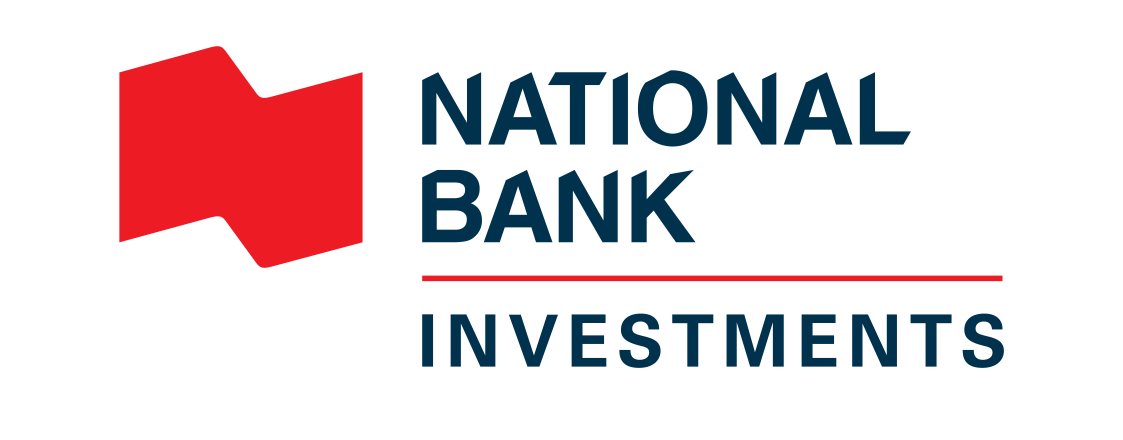
PAID CONTENT
Investment professionals are increasingly interested in companies adopting practices that reduce risk and ensure their long-term viability. More and more of them are integrating ESG criteria into their investment decisions.[1] However, due to the lack of standardization or, in some cases, the absence of data, it is difficult to get an accurate and complete picture of the true value of a company’s ESG risk management.
The lack of reliable data is one of the main obstacles to the growth of responsible investment according to industry players.[2]
This is where artificial intelligence (AI) comes to the rescue: AI includes a variety of emerging technologies that have made it possible to automate complex tasks at speeds and volumes never seen before. For businesses, this new reality is changing the way they can use and process data. For portfolio managers investing in those businesses, it is a valuable decision-making tool. Here’s how some of National Bank Investments’ (NBI) open architecture partners are using AI in responsible investment (RI).
AI to identify intangible risks
Much of artificial intelligence’s potential comes from natural language processing (NLP) algorithms. These algorithms can identify perceptions, track emerging trends, and detect controversies around companies.
For example, some of our portfolio managers use the services of firms that analyze communications from hundreds of thousands of public sources on stakeholders’ discourse around companies in a multitude of languages. They are therefore able to detect whether companies are consistent in their disclosure on human rights, labour standards, and their environmental commitments among other issues.
AI and the rise of spatial finance
AI models can also analyze the risks associated with ESG factors from a spatial perspective. That is, using a large set of geospatial data, they contribute to identifying climate risks and opportunities related to a specific location. For example, sea-level rise, extreme weather events and temperature patterns can be projected.
By linking this information to the geographic location of their assets, investment professionals can decide to reallocate capital to more resilient areas or to protect existing assets by investing in adaptation measures.
AI to measure positive impacts
The use of AI goes far beyond risk management. It can be useful in identifying and choosing to invest in companies whose products or services have a positive impact on the world. For example, portfolio managers could use AI to align their investments with the United Nations Sustainable Development Goals.
These technologies, which are still emerging, should provide greater clarity on how issuers’ operations fit into solutions to global challenges.
AI as a competitive advantage and its limits
By building AI capabilities, professional investment firms ensure a more accurate collection and analysis of the massive amount of information available, giving them a head start on their investment decisions.
While AI can make essential data accessible to the search for sustainable investments, it does have its limitations. The capacity to distinguish reliable information from the amount of data available remains a very human ability that technology will not replicate anytime soon.
The information and the data supplied in the present document, including those supplied by third parties, are considered accurate at the time of their printing and were obtained from sources which we considered reliable. We reserve the right to modify them without advance notice. This information and data are supplied as informative content only. No representation or guarantee, explicit or implicit, is made as for the exactness, the quality and the complete character of this information and these data. The opinions expressed are not to be construed as solicitation or offer to buy or sell shares mentioned herein and should not be considered as recommendations.
© 2023 National Bank Investments Inc. All rights reserved. Any reproduction, in whole or in part, is strictly prohibited without the prior written consent of National Bank Investments Inc.
® NATIONAL BANK INVESTMENTS is a registered trademark of National Bank of Canada, used under licence by National Bank Investments Inc.
National Bank Investments is a signatory of the United Nations-supported Principles for Responsible Investment, a member of Canada’s Responsible Investment Association, and a founding participant in the Climate Engagement Canada initiative.
[1] Canadian RI Trends Report, 2022
[2] Canadian RI Trends Report, 2022
